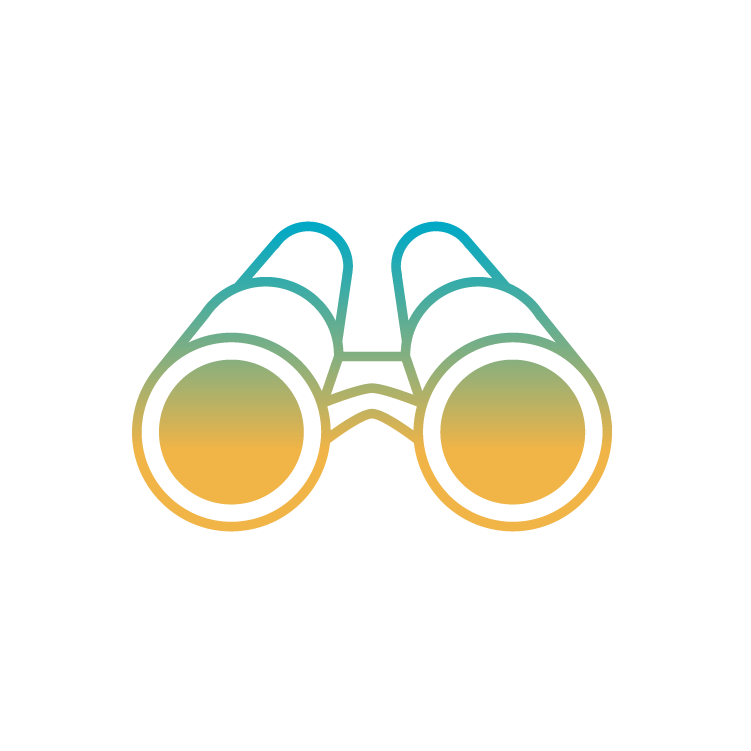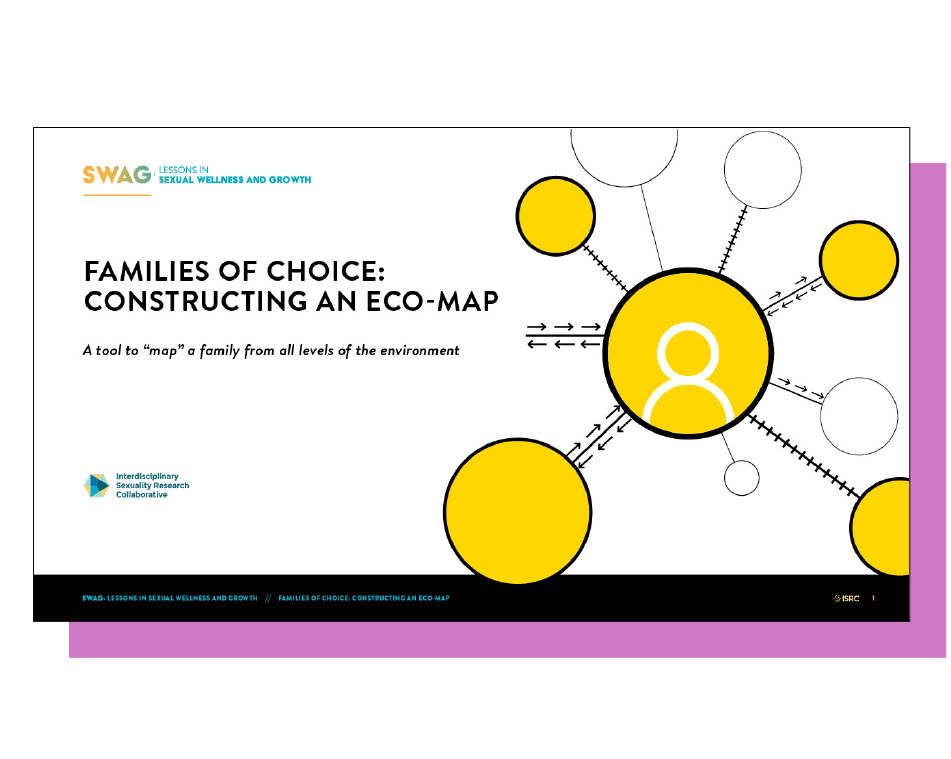-

TOUR A LESSON PLAN
Take a quick look at what’s in the SWAG Toolkit.
-

BASIC ORGANIZATION
Lessons are divided into six topical themes and are designed for two audiences: adult black men, and Client Experience Contributors (CECs) – traditionally referred to as providers.
-

LESSON COVER PAGE
The cover identifies the theme and lists keywords to lead you to lessons of interest. If you are looking for lessons specifically intended for CECs, look for small, red labels at the top of this page.
-

PREPARATION SECTION
This section provides practical information such as timetables, key terms, required background knowledge for facilitators, and material checklists.
-

PROCEDURE SECTION
This section is a step-by-step guide for your session. Icons provide prompts for time limits, relevant handouts, slides, and facilitator resources. Wide margins allow you to make your own notes.
-

FACILITATOR RESOURCES
Some lessons include a Facilitator Resource section to guide activities or provide more reference.
-

HANDOUTS
Some lessons include handouts designed to be printed and distributed to your participants for use during the session.
-

SLIDE PRESENTATIONS
Some sessions utilize a PDF slide presentation, which can be projected or printed.
-

FEEDBACK
Share your experience and see what others are saying about the lessons. Your feedback helps us build a better toolkit.
-

PROFILE
Update your profile, manage your favorite lessons, and review a lesson all under your profile settings.
Curriculum Overview
The SWAG Toolkit is a two-fold curriculum that:
addresses the unique and
complex identities and
experiences of Black men.
addresses the gap in culturally
competent training for social
service/healthcare providers
that interact with
Black men.
The lesson plans are divided into two sections, each devoted to a distinct, but related, audience:
Adult Black Men
Black MSM-oriented holistic sexuality education
Most lesson plans in the SWAG Toolkit contain activities meant to be delivered directly to Black men. To be clear, we are aware that Black men do not exist in social vacuums, which is to say that facilitators may be working with groups consisting of other people besides Black men, including both cisgender and transgender women. Some of the activities in the toolkit can be adjusted to facilitate the involvement of all genders. In those cases, however, we encourage facilitators to remain intentional in centering the issues and concerns of Black men, followed by LGBTQ+ Black people more broadly, as is useful to the group.
Lessons are divided into six topics:
- HIV Information
- Sexual Health
- Family & Relationships
- Society & Culture
- Identity & Personal Development
- Discrimination & Bias
Client Experience Contributors
Provider-oriented competency training
The SWAG Toolkit also contains activities for Client Experience Contributors (CECs) encountering, engaging, and supporting Black men in their work. This includes those supporting Black men in both community resource and healthcare settings who may be in the following roles:
- Medical providers
- Reception staff serving in medical or social service facilities
- Social service providers such as Clinic Resource Counselors and Educators, Patient Peer Counselors and Educators, Community Educators, and Peer Navigators
- Mental health providers and support staff
- Continuing Educators or Trainers for reception staff, Peer Navigators, Medical Providers, and/or other Care Providers
Lessons specifically intended for CECs are identified with small, red labels at the top of the lesson cover page.

Note Regarding Language
We strive to use the term “Black men” as often as possible to refer to the entire diverse community of Black men—that is, anyone who identifies as a Black man who also has sex with men, regardless of his sexual orientation identity. We are not always consistent, however, because we have also aimed for the toolkit to sound natural and reflect the author and community’s language. It is important to us that professionals who work in the community reflect the language of the people they are serving and do not want them to use language that might turn people away from the toolkit. So, we encourage toolkit users to be aware of their audience and adapt to stay focused on an inclusive and community-centered approach.
Overall approach
The SWAG Toolkit is first and foremost a resource for people in the community to use and apply as part of the broader work they are doing to meet the needs of Black gay and bisexual men. We built it with a comprehensive approach to sexuality in mind. As such, it is multi-layered and crosses disciplines that are often siloed in community programming. We sought to include biological, psychological, and social components. Accordingly, our goals extend beyond biological and behavioral outcomes typical of traditional HIV prevention interventions (e.g., increasing condom use and medication adherence) to psychological and social outcomes that support sexual health and well-being from a broader perspective (e.g., decreasing sexual identity stigma, increasing self-efficacy in care navigation, increasing connection with meaningful communities). Across each layer, this toolkit aims to increase the overall quality of life among Black men.
Using this biopsychosocial perspective, we drew on two primary models to inform the development of this toolkit: the salutogenic model of health and the social-ecological model.
Salutogenic Model of Health
The Salutogenic Model approaches health with a primary focus on maximizing wellness rather than minimizing disease.
Black men have described being tired of being targeted to talk about HIV risk, prevention, and treatment. They are rich, complex individuals with a diversity of needs that are going unmet by traditional sexuality education interventions. Rather than narrowing the scope of attention to risk and risk-relevant factors, the Salutogenic Model encompasses any and all health-promoting factors, extending new opportunities for interventions to take a more holistic approach to work with this community.
Social-Ecological Model
Theoretically speaking, the social-ecological model describes these intersections, interactions, and the impact of their interconnectedness, hence our choice to use this framework to guide our work on this toolkit (Hickson, Truong, Smith-Bankhead, et.al, 2015).
In order to address system-level barriers to care, we aimed to focus as much space, time, and energy on lessons geared toward CECs as community members. The onus of change toward more health-enhancing behavior cannot fall solely on individuals from the very communities that are most impacted by oppressive forces such as racism, homophobia, classism, ageism, etc. It is the responsibility of individuals at all levels of care — CECs, in particular — to work to dissolve the numerous obstacles to wellness that Black men face.
Approach to Learning
The SWAG Toolkit was designed with its audiences in mind from the beginning. Accordingly, we utilized three theories of learning to guide the development of the lessons: Andragogy, Pedagogy of the Oppressed, and Transformative Learning. Learn more about these theories and how we applied them in the SWAG Toolkit Overview.
